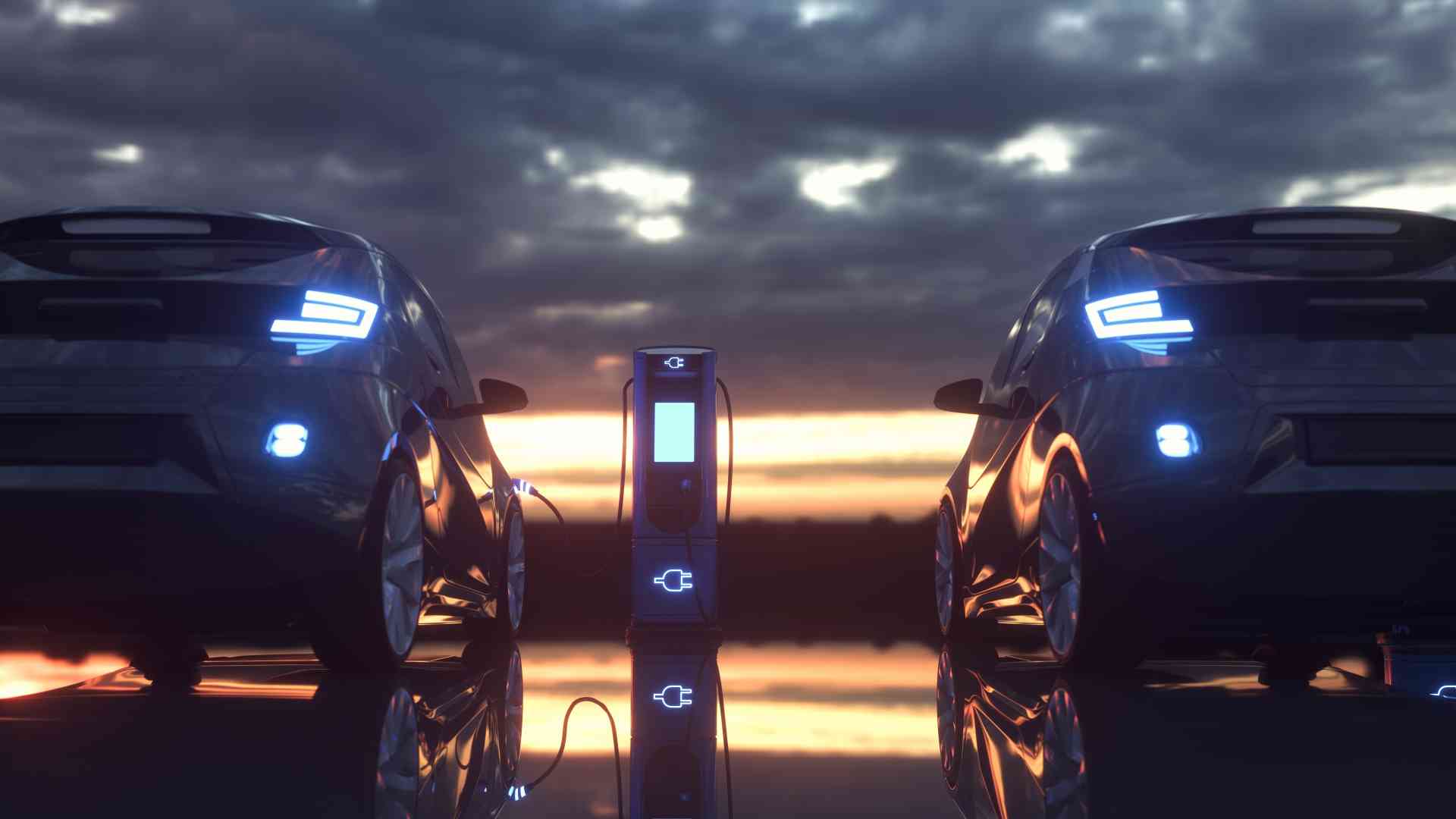US Automobiles to be Mainly Electric Cars by 2030
American roads will have electric cars in the majority by 2030. This shift is driven by several factors, including technological advances, changing consumer preferences, and stricter emissions regulations. Also, the benefits of electric cars are numerous.
They are cheaper to operate and maintain than gasoline-powered vehicles and produce no emissions. Electric cars also have the potential to reduce our dependence on foreign oil, as renewable energy sources like solar and wind can power them.

Electric cars
America’s Road to an Electric Future
As electric cars become increasingly popular in the United States, it’s important to understand the different types of electric vehicles available on the market.
Four main types of Electric Vehicles:
1. Battery electric vehicles (BEVs) are powered solely by battery packs, which are regularly recharged. BEVs typically have a longer range than other EVs, with minimum running costs.
2. Plug-in hybrid electric vehicles (PHEVs) combine battery power with a gasoline or diesel engine. PHEVs can be plugged into an outlet to recharge the batteries, but they can also use gasoline or diesel fuel for added range.
3. Hybrid electric vehicles (HEVs) use a battery pack, but the battery is not the sole power source. HEVs typically have a smaller battery than BEVs or PHEVs, and they rely on the engine to generate power when the battery is depleted.
4. Fuel cell electric vehicles (FCEV) are powered by electricity generated from a fuel cell instead of a battery. An electrochemical process between hydrogen and oxygen produces electricity in fuel cells. They are more efficient than combustion engines at converting the chemical energy in the fuel into useful electrical energy. The main advantage of FCEVs is that they emit minimal pollution.
Bloomberg NEF Forecast
According to a new Bloomberg NEF forecast, the United States will soon meet the electric cars goals set by the Biden administration last year, which states that by 2030, 50% of cars sold in the United States will be battery-electric, plug-in hybrid, or fuel cell-powered.
These goals are easily achievable due to new incentives under President Joe Biden’s $374 billion climatic change bill. The incentives offer a $7,500 tax credit for electric purchases, which Bloomberg predicts will increase consumer adoption of electric cars.
According to the report, electric car sales will account for 52% of total sales by 2030. This is an increase over the previous forecast of 43%.
The majority of this expansion will come from China and other Asian countries. Plug-in vehicles already make up nearly 24% of sales of new cars in China. In Norway, EVs have exceeded combustion engine vehicles in terms of sales.
As the global market expands, electric car sales in the United States will increase. It was lower than 5% in 2021, while the worldwide rate was nearly 9%. According to Bloomberg, US sales will outpace the global average in 2026 rather than 2028.
Tesla, General Motors, and Ford Motor Company are the three US companies expected to lead the way in this market. The new tax credit will likely benefit all three companies because they are best placed to use it. Analysts, however, indicated that the credit requirements would take time to adapt. Some manufacturers face roadblocks due to critical mineral mining restrictions that restrict battery production.
China’s Dominance in the EV Battery Market is Under Threat
According to Marketwatch, Wall Street Journal noted that Panasonic is considering constructing a new EV battery factory in Oklahoma. This comes after the company announced in July a new facility in Kansas that would create up to 4,000 jobs.
A Panasonic spokesperson stated that no actions were taken in response to the report. They did, however, state that the company is constantly looking for ways to expand and invest nationally and internationally.
Panasonic stock closed up 0.4% in overseas trading on august 26, 2022. This was despite a rough day for the S&P 500 and Dow Jones Industrial Average following Federal Reserve Chairman Jerome Powell’s hawkish comments.
Panasonic already has significant battery-making capacity in North America, helping Tesla expand its production facilities. The Japanese conglomerate has an annual battery production capacity of about 50-gigawatt hours. That is enough batteries to power approximately 700,000 electric vehicles.
As the global largest battery manufacturer, Contemporary Amperex Technology Co. Ltd. (CATL) has long been at the forefront of supplying EV materials. With sales of over $17 billion in the first half of 2022, a rise of 155% year on year, CATL is showing no signs of slowing down.
The globe has depended heavily on China for many years to provide most EV materials. More electric cars sold in China contributed to the country’s EV dominance. In recent months, penetration of electric car sales has risen above 25%, roughly three times the United States rate.
Batteries are only one component of electric cars. Other facets of the supply chain should be viewed as well. While most battery components are still produced in China, EV materials supplied in the United States are shipped to China for processing before being returned, according to former President Anthony Hall of 5E Advanced Materials (FEAM).
In California, FEAM is operating on a boron project. Boron has numerous applications, including agriculture. Boric acid can be used in batteries as an electrolyte. Electrolytes help electrons flow from positive to negative terminals of the battery.
Boron is increasingly used in permanent magnets in electric motors. Yet again, China processes the majority of the material and manufactures the majority of the magnets. MP Materials (MP) extracts rare-earth minerals and delivers them to China. MP eventually wants to manufacture its magnets. At a certain point, FEAM intends to supply MP with boron, another element of magnets.
Panasonic, FEAM, and MP contributed to the EV supply chain returning to the United States. The changes will result in cost savings in logistics. Materials will not be transported across the globe multiple times. Time will reveal whether materials and batteries can be manufactured at a cost competitive with China.
Even if this doesn’t occur, American automakers should feel less reliant on China for critical components.





